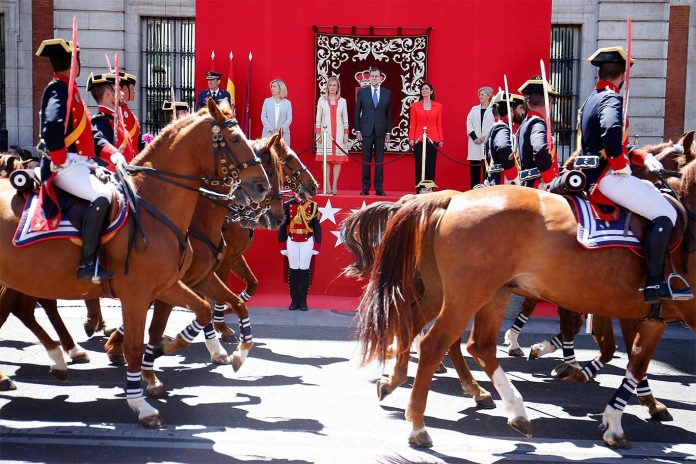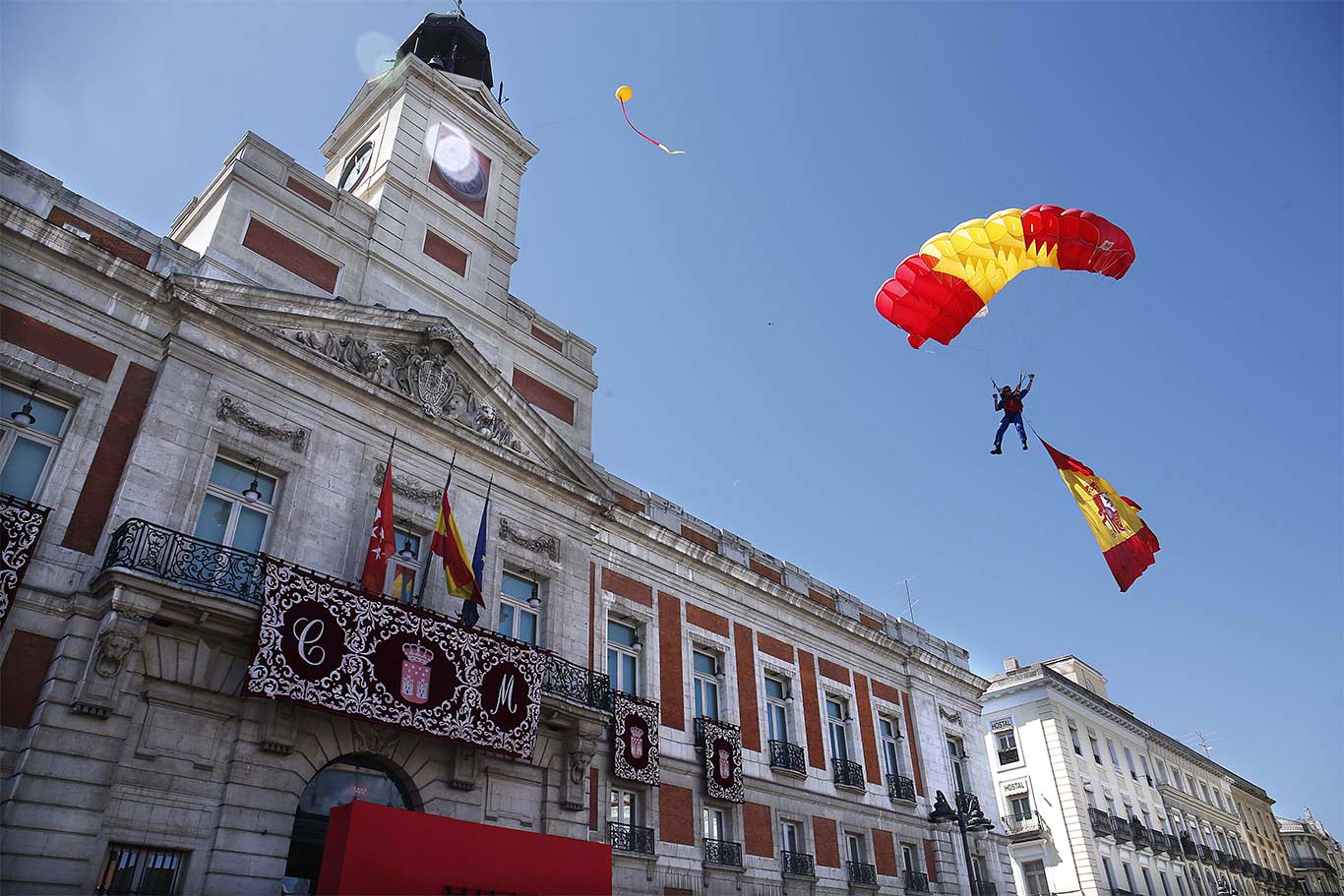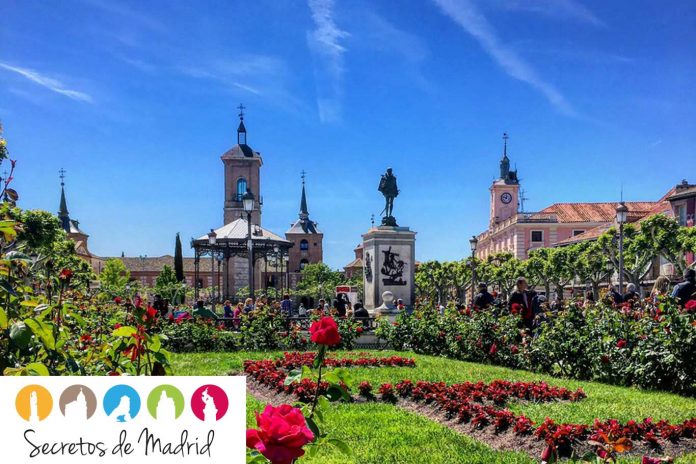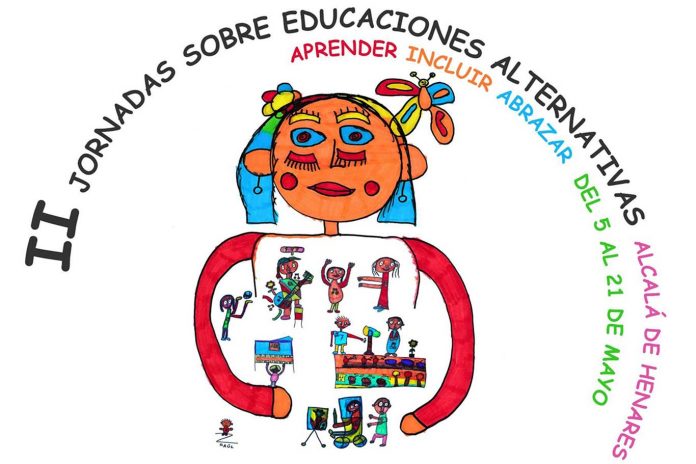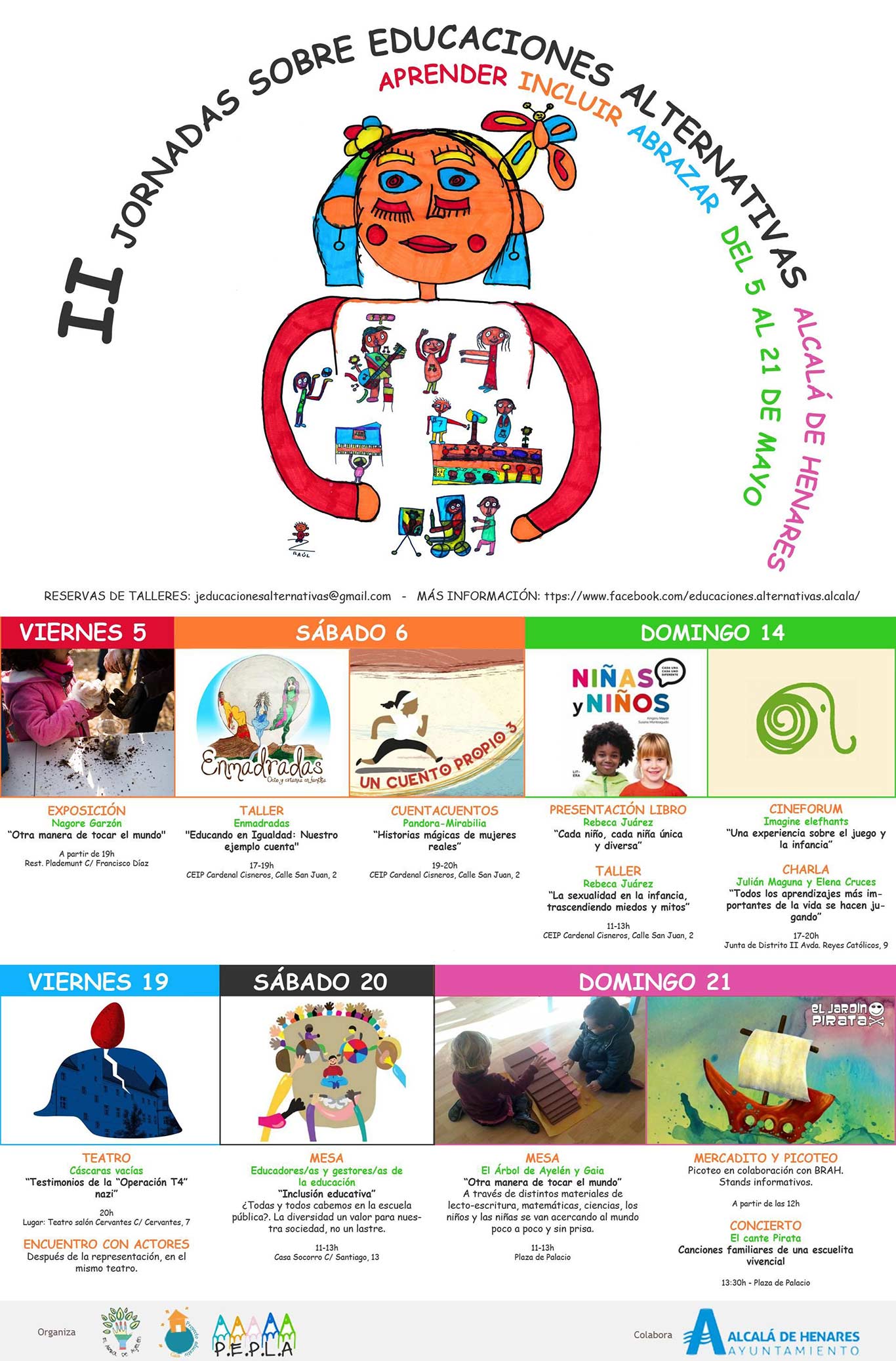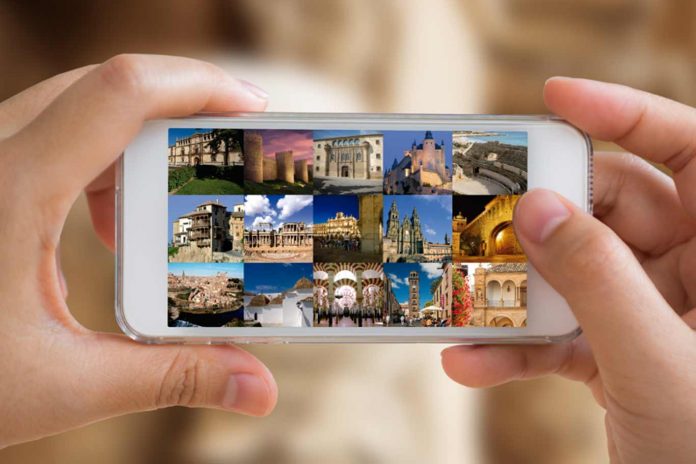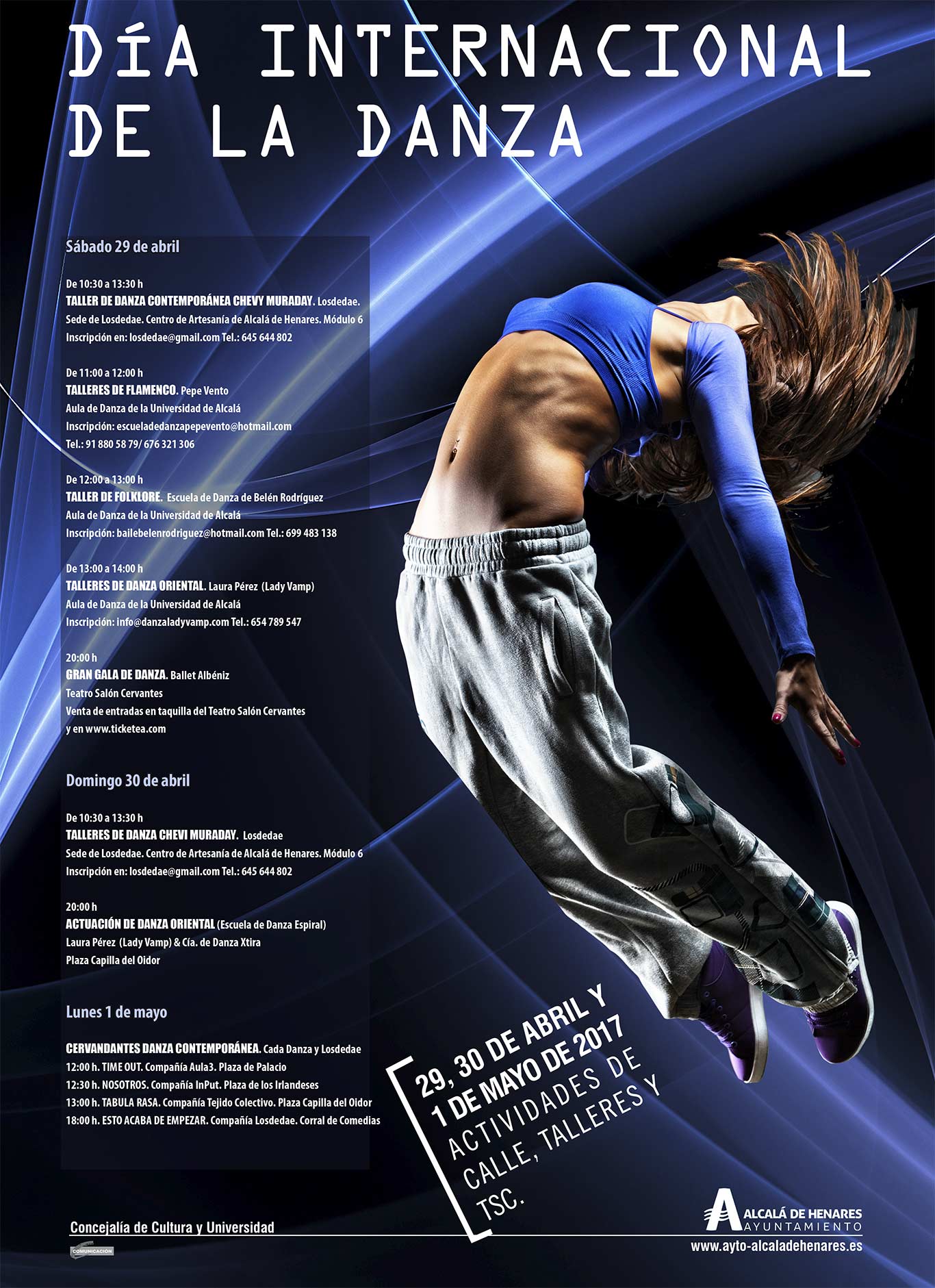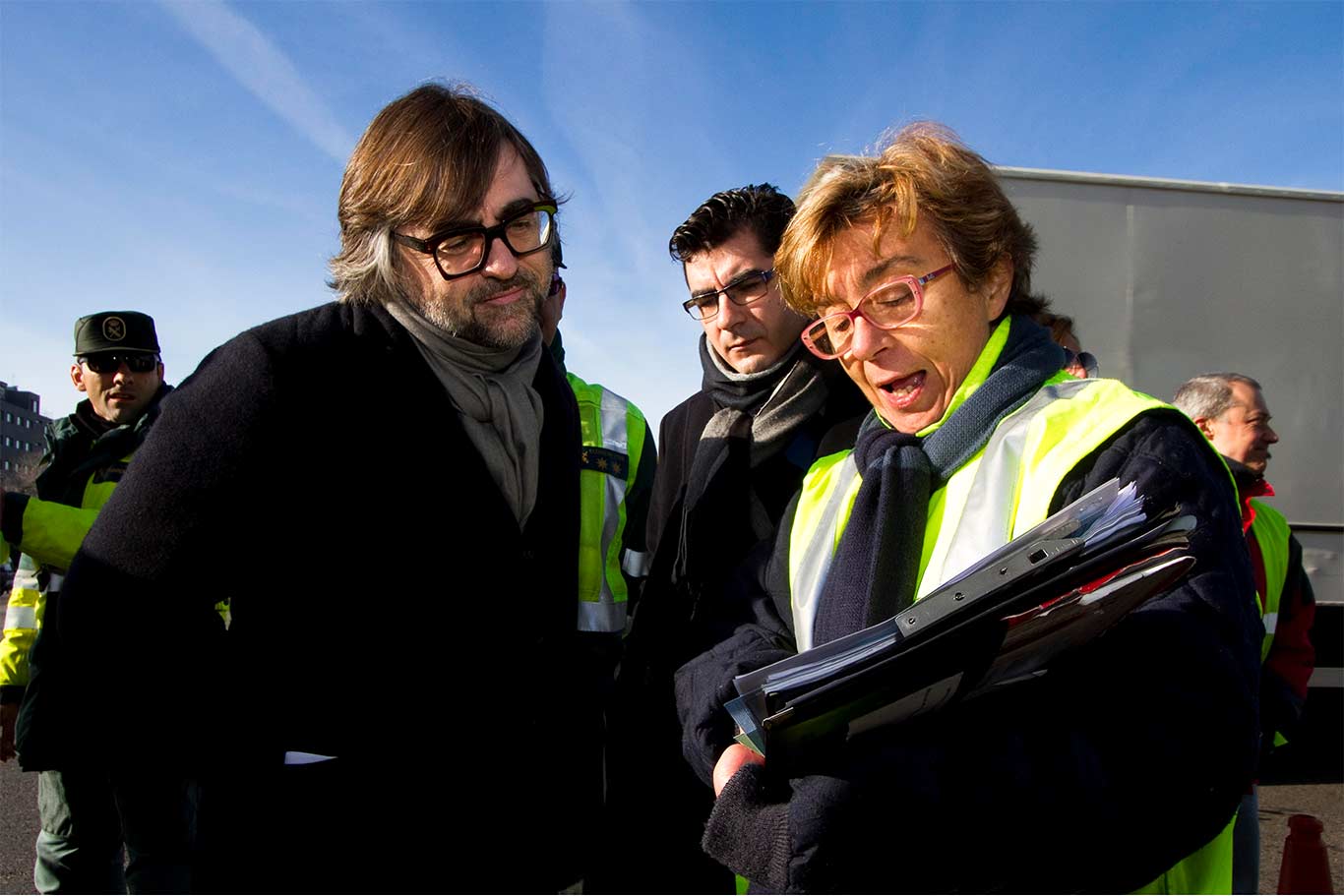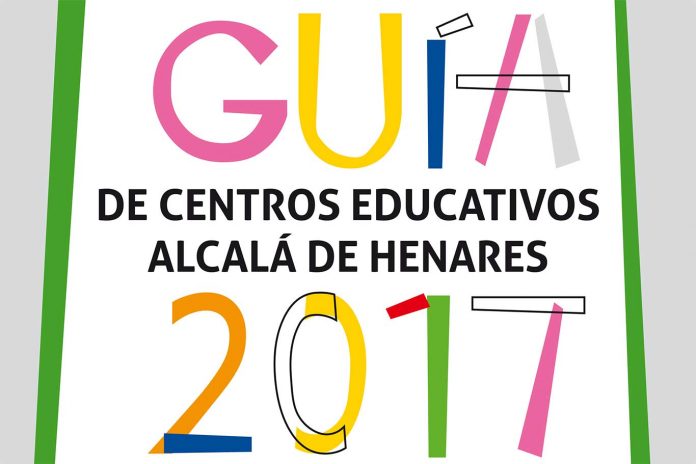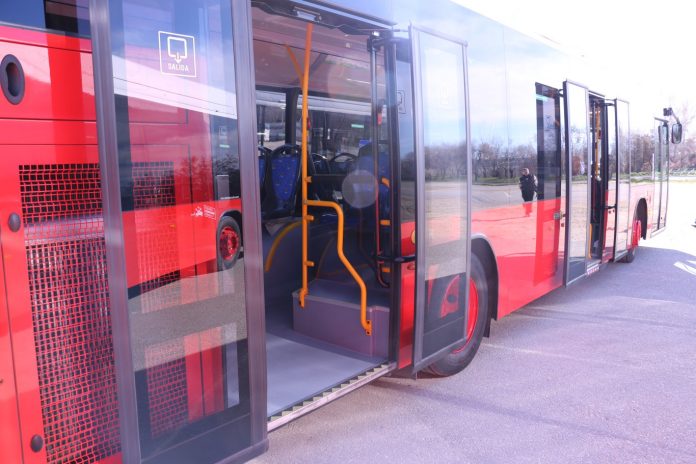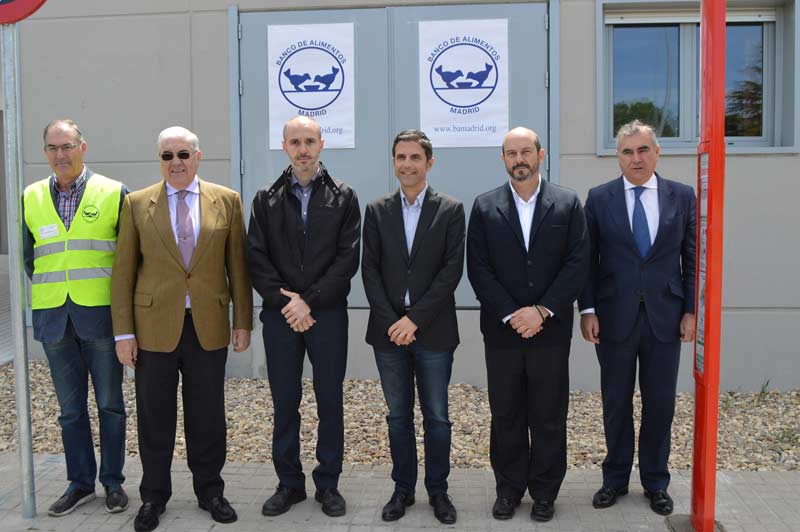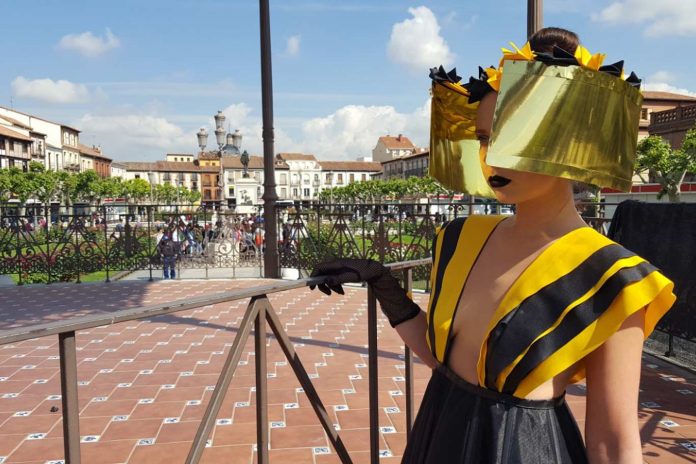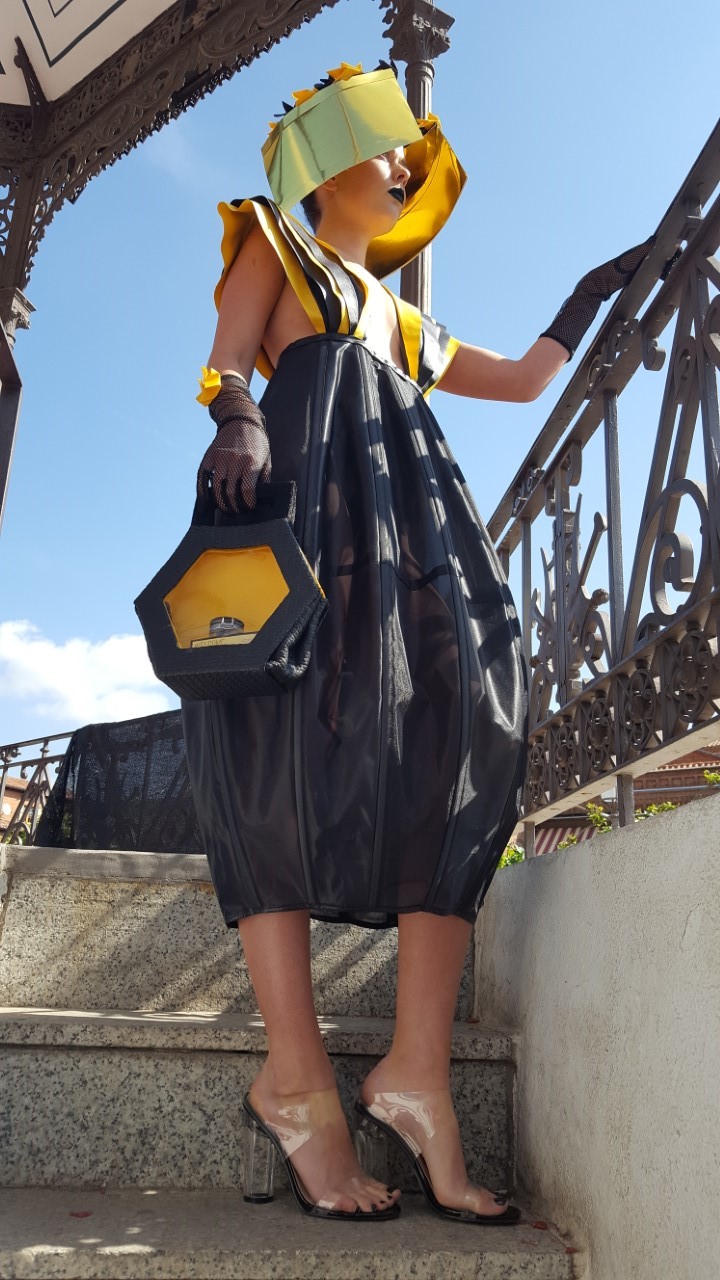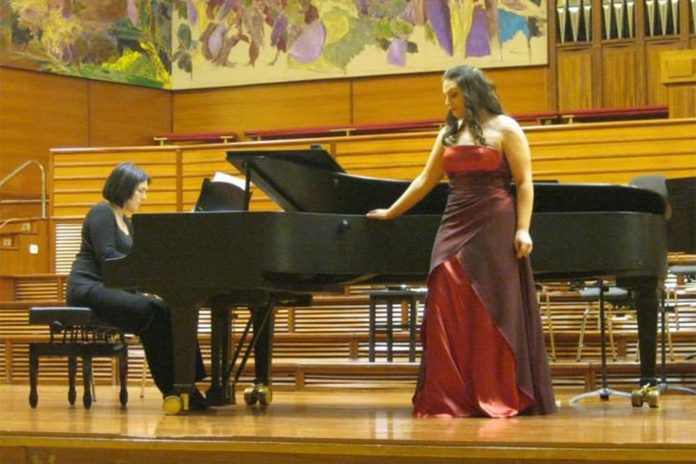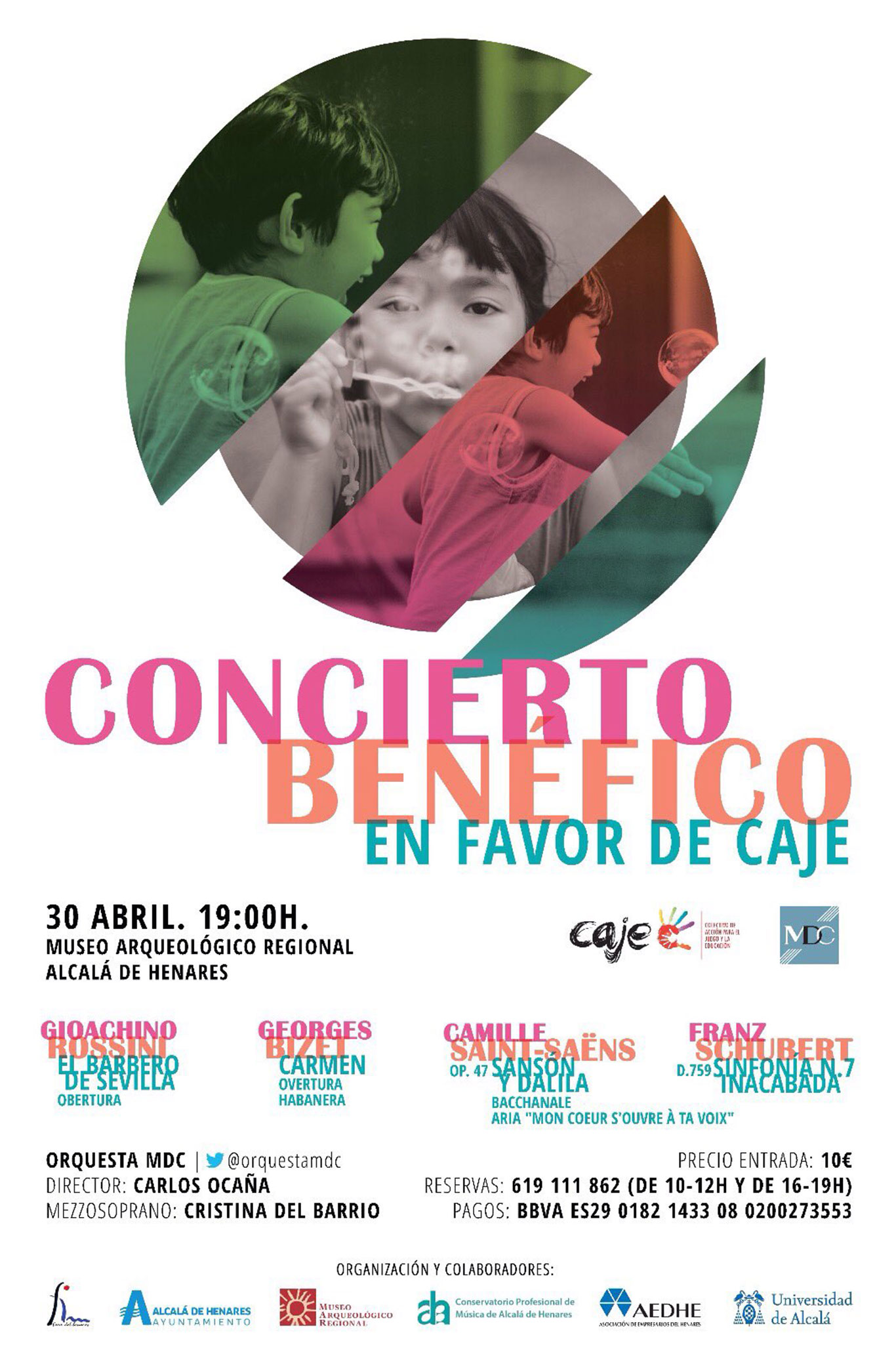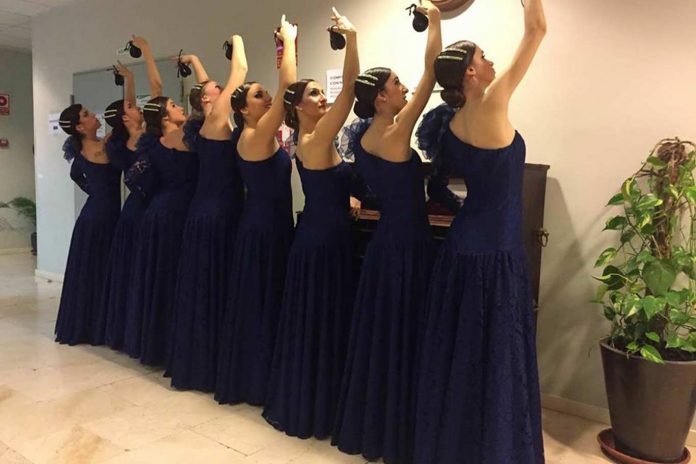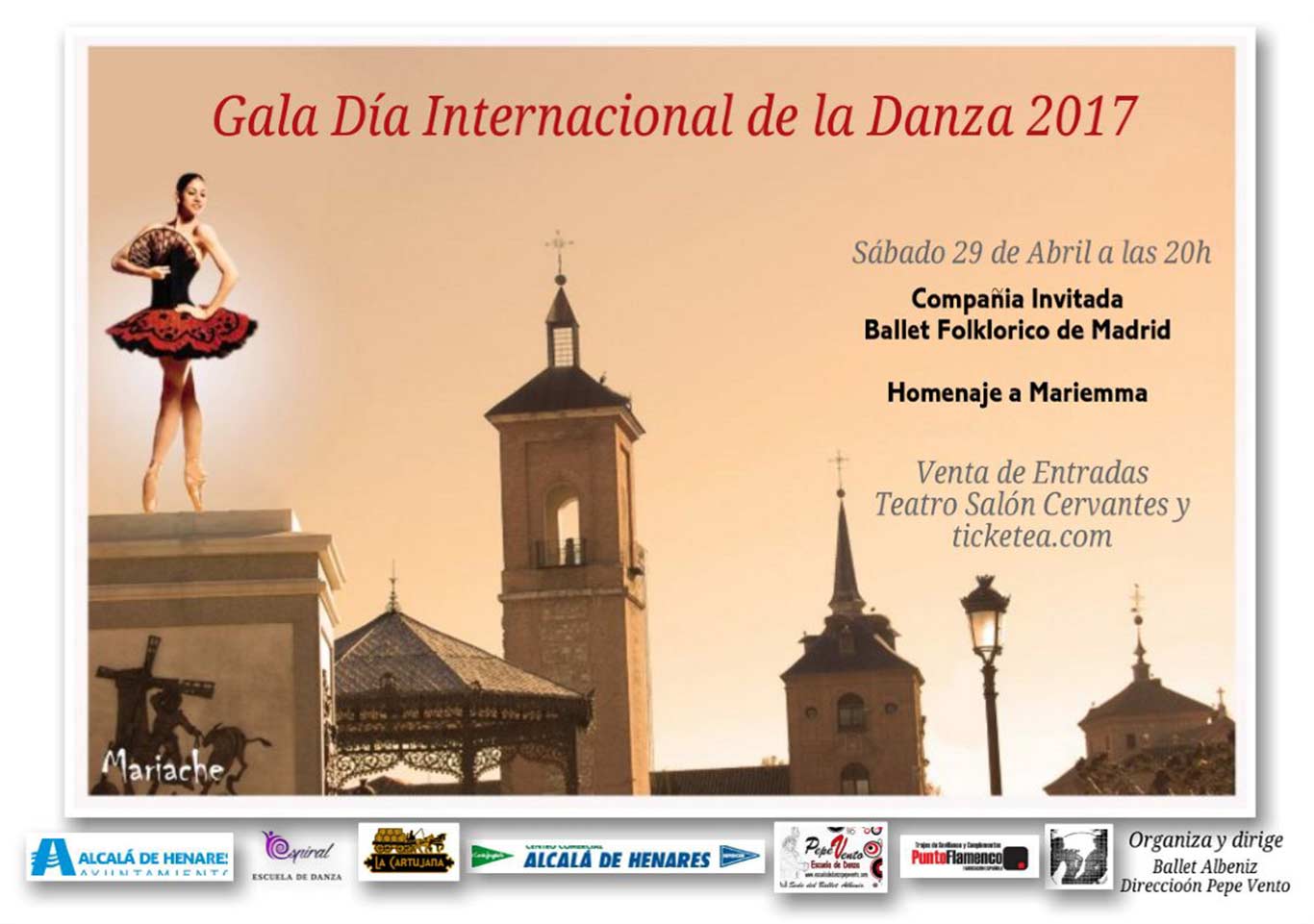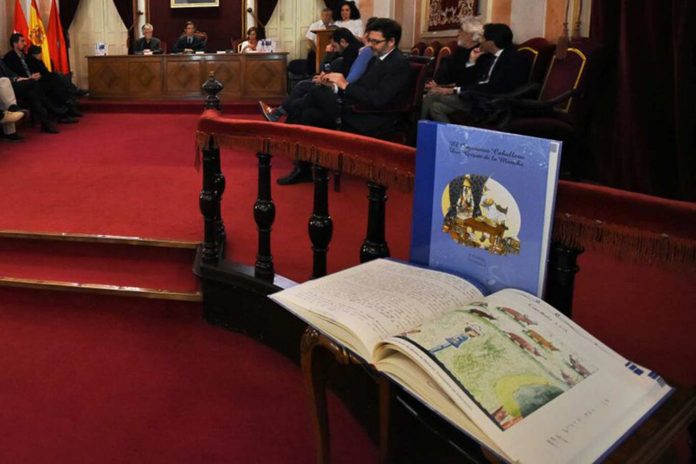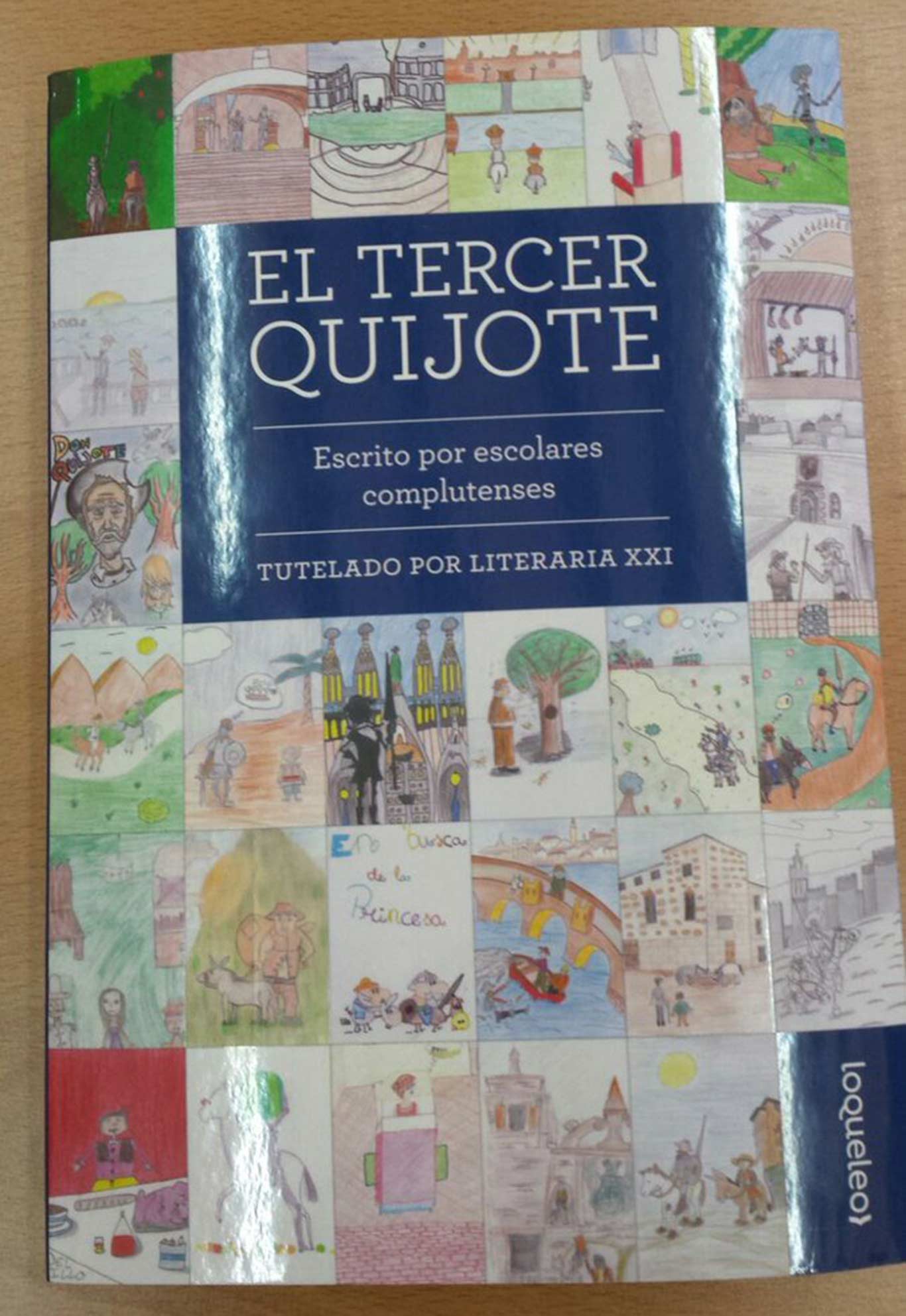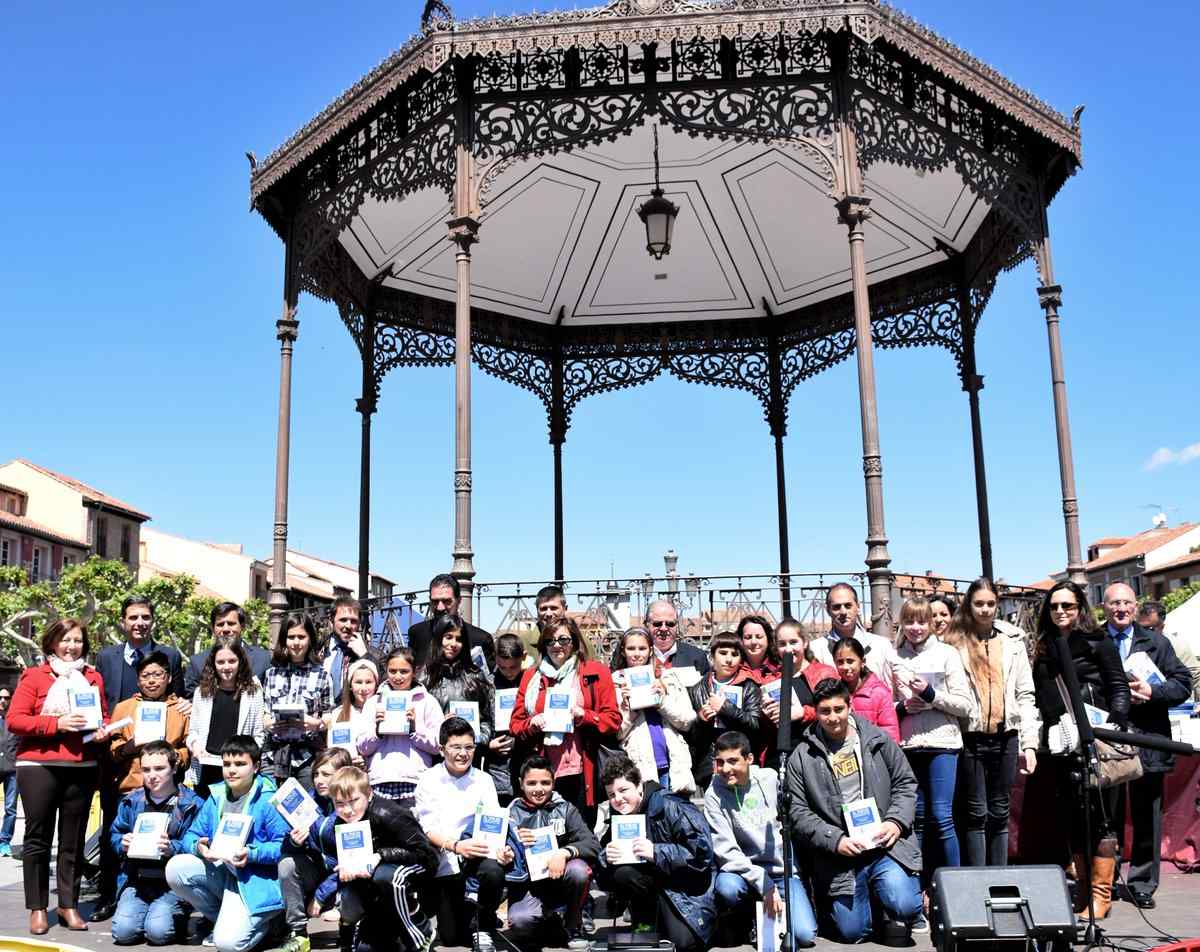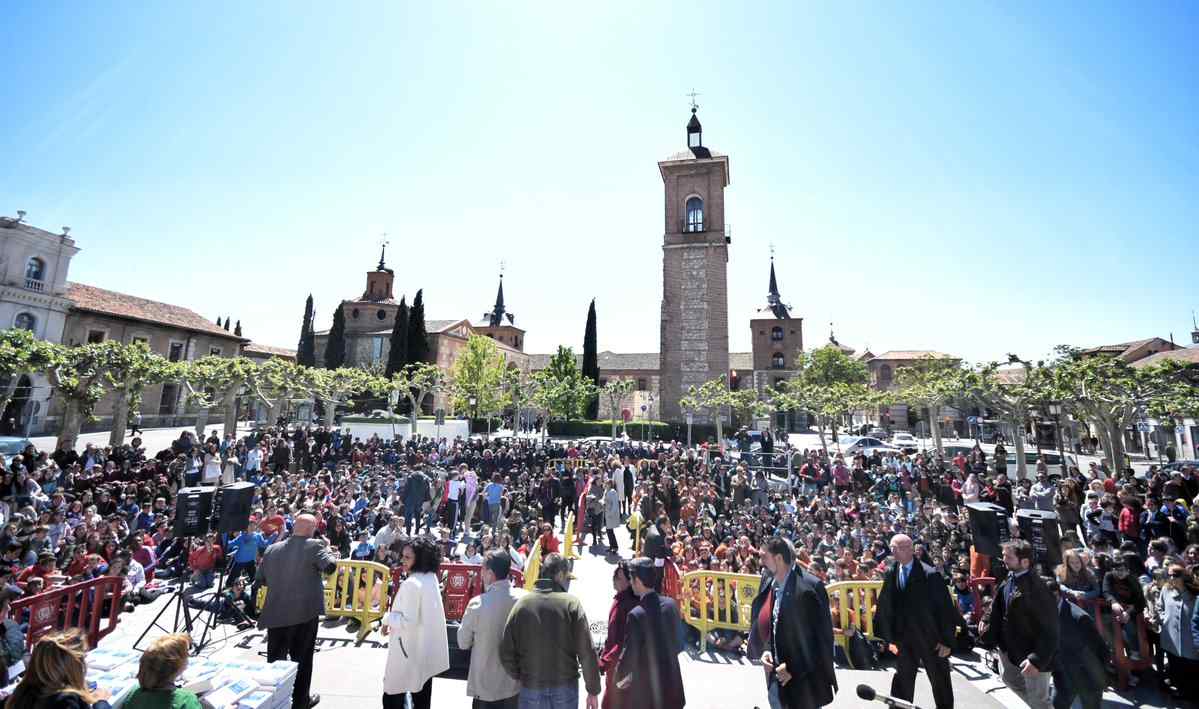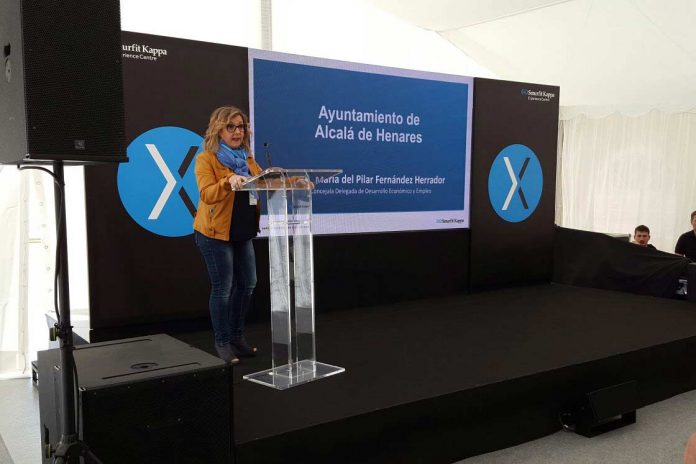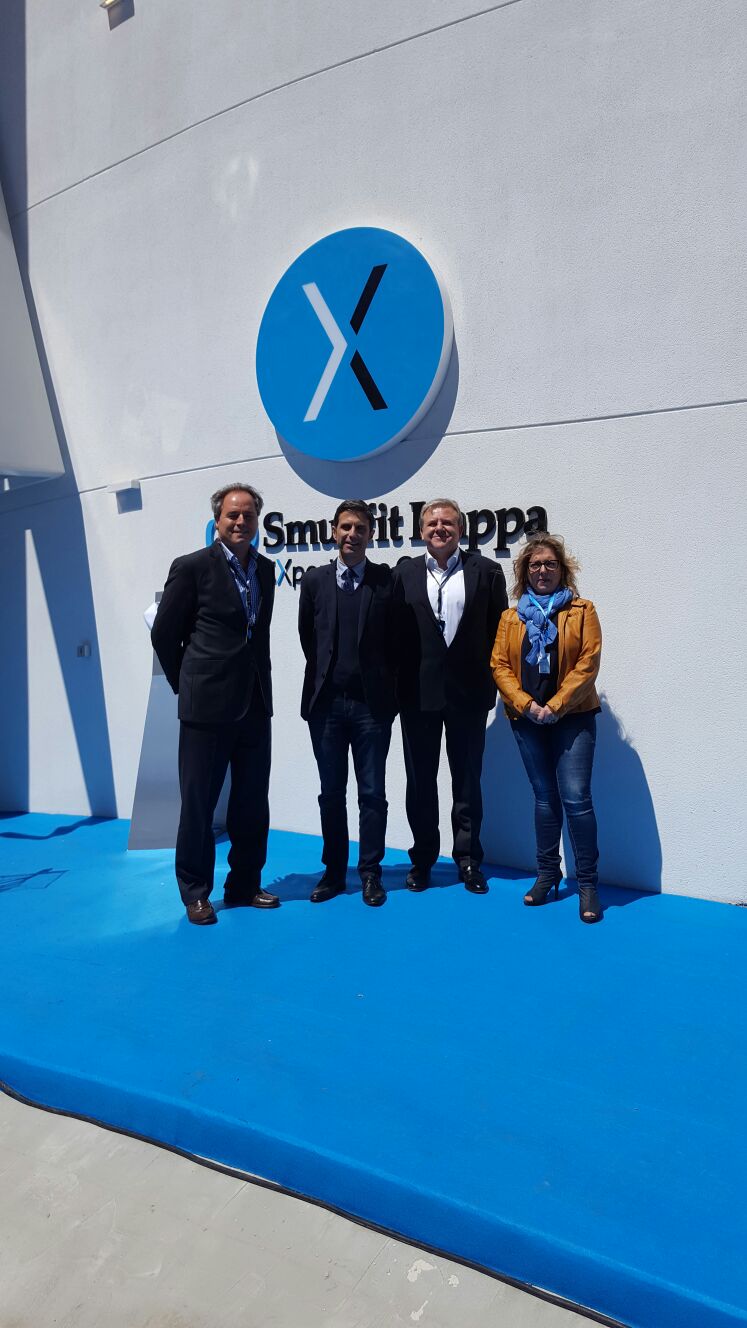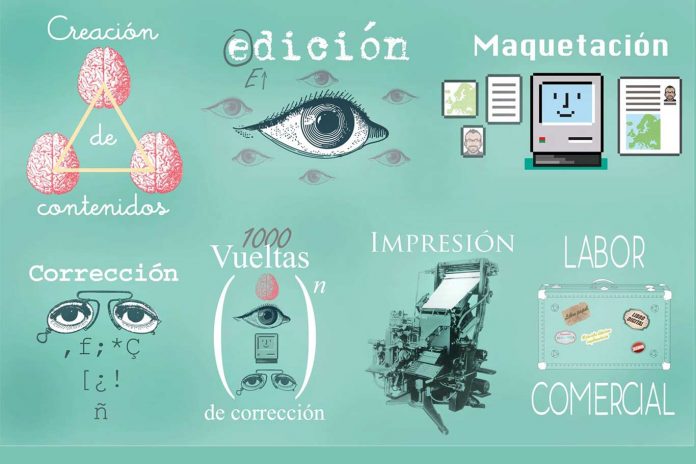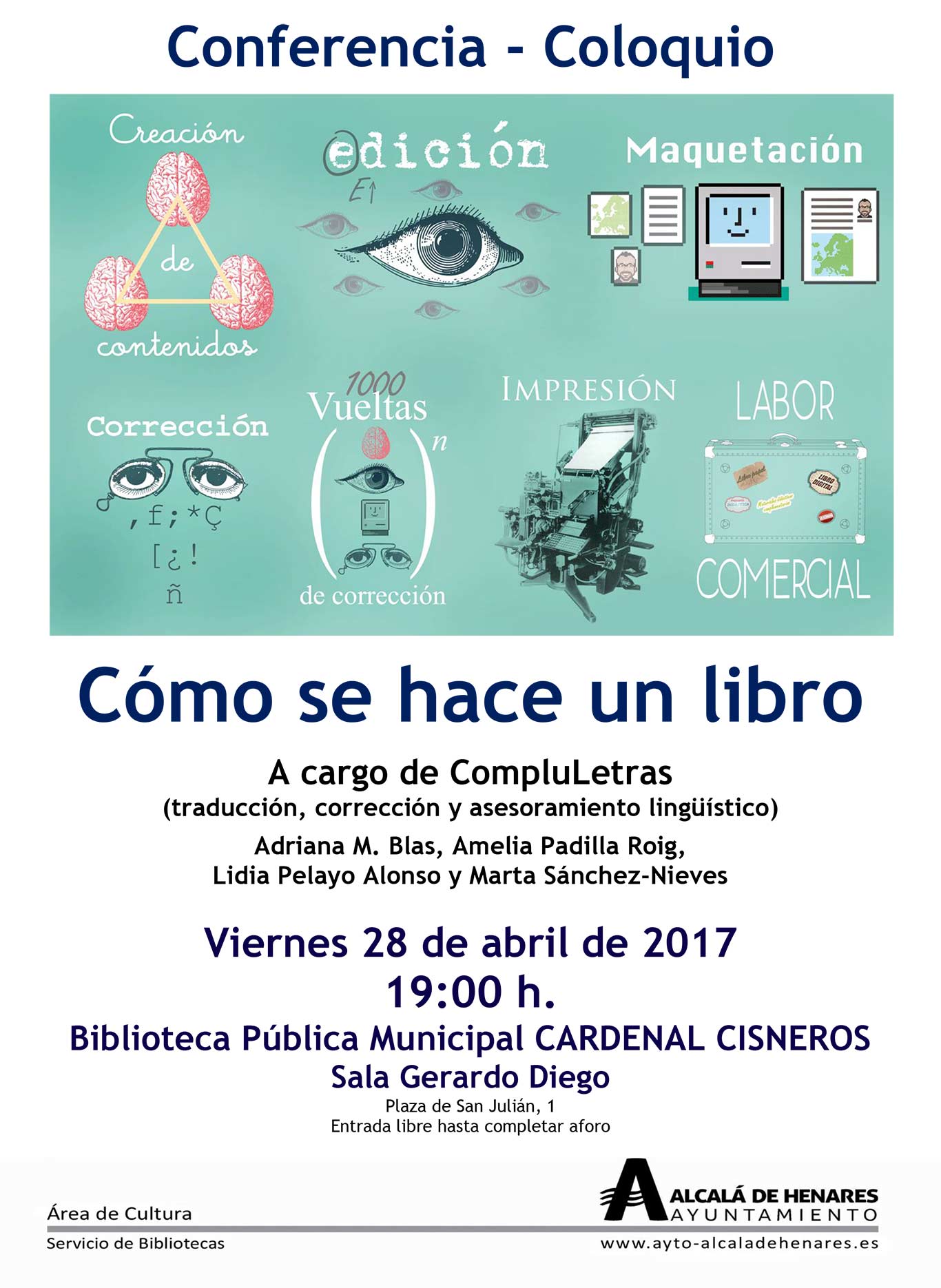La contaminación atmosférica es una de las grandes lacras del desarrollo de las sociedades occidentales y orientales.
Está producida por el impacto de los procesos de producción en las fábricas, el transporte y el uso de combustibles como el gasoil o el carbón y no se acaba de poner el freno. Hasta ahora, ya que un consorcio de investigación-formado por universidades, centros de investigación, empresas y asociaciones- coordinado por el profesor del departamento de Teoría de la Señal y Comunicaciones de la UAH, José Luis Pérez Díaz, está desarrollando un sistema único, denominado Counterfog, capaz de eliminar la contaminación del aire en grandes espacios y espacios abiertos.
Este sistema también tendrá una gran repercusión en materia de seguridad nacional e internacional, ya que sirve igualmente para eliminar del aire sustancias peligrosas procedentes de vertidos contaminantes o generadas por agentes biológicos, nucleares o químicos utilizados en ataques terroristas o conflictos bélicos.
El profesor de la UAH explica que Counterfog funciona como una niebla que lava el aire de forma rápida, económica y sin perjuicio ambiental. Está inicialmente pensado para intervenir en situaciones donde se pone en riesgo la seguridad, con el fin de minimizar el impacto que pudieran tener sobre personas y el medioambiente la dispersión en el aire de agentes biológicos, químicos o radiactivos, pero de paso también puede servir para la intervención en accidentes de la industria (vertidos industriales, accidente de transporte de materiales peligrosos) y para mitigar la contaminación habitual producida por la combustión de gasoil’.
El mecanismo ordinario que tiene la atmósfera para limpiar el aire está relacionado con el agua: llueve y los elementos contaminantes desaparecen porque el aire se limpia. Este grupo de investigación ha creado un sistema capaz de generar una niebla que precipita y tiene capacidad para eliminar rápidamente la contaminación del aire.
‘El proyecto está en pleno desarrollo, se han hecho pruebas y se ha demostrado que podemos eliminar nieblas, nubes contaminantes y contaminantes procedentes de agentes biológicos y radiactivos, estamos ultimando las pruebas con los agentes químicos y también podemos eliminar dióxido de nitrógeno y las partículas en suspensión procedentes de los vehículos diésel. Incluso hemos comprobado que podemos eliminar nieblas persistentes, que afectan enormemente al tráfico aéreo y rodado. Y todo esto lo podemos hacer con un consumo de agua mínimo y sin introducir ningún elemento contaminante adicional en la atmósfera’, agrega Pérez Díaz.
En el consorcio coordinado por la Universidad de Alcalá participan otros centros de investigación, universidades y empresas, como el CIEMAT, la Universidad de Strathclyde, en Glasgow (Escocia), la Academia de Ciencias de Bulgaria, la de la República Checa, la Universidad Carlos III y las empresas BPE de Alemania y VVU de la República Checa, Consilium de Suecia y la sección española de la Asociación Europea de Ferroviarios, y está financiado por el VII Programa Marco de la Unión Europea.
El proyecto ha ganado el 9º concurso de Creación de Empresas de Base Tecnológica de la Universidad de Alcalá.







